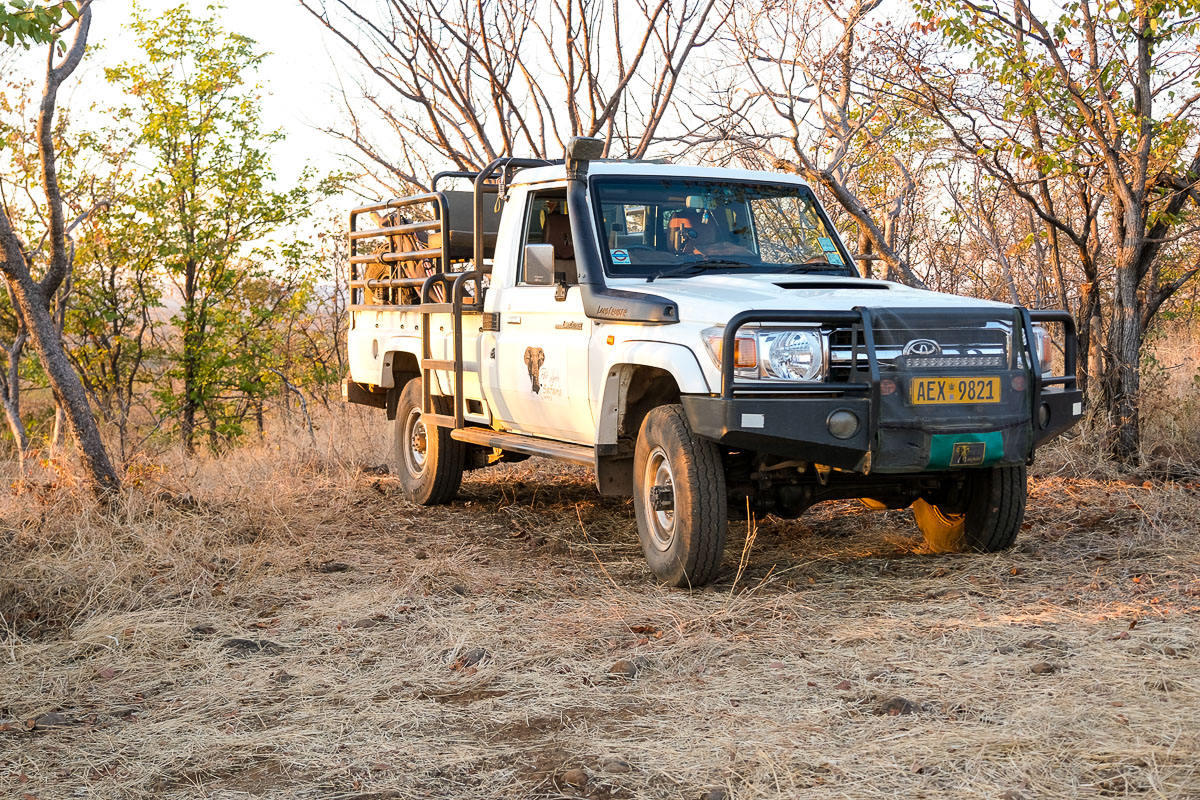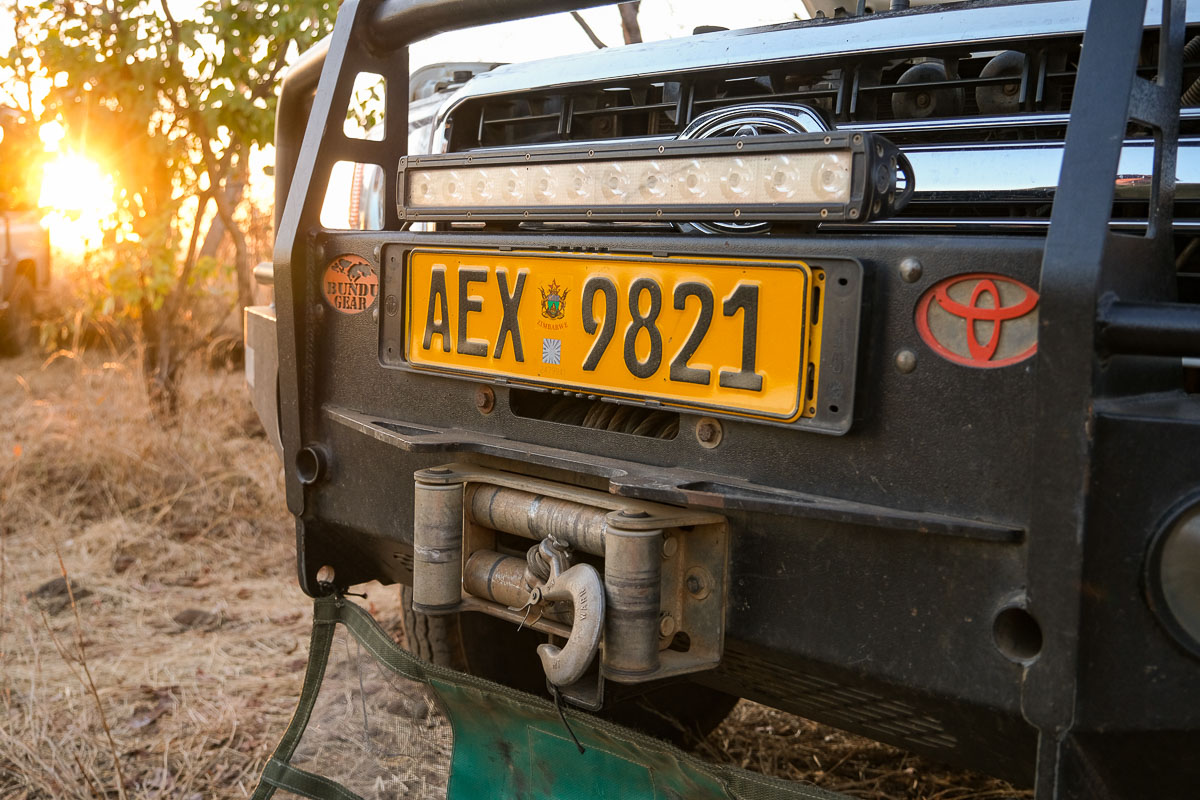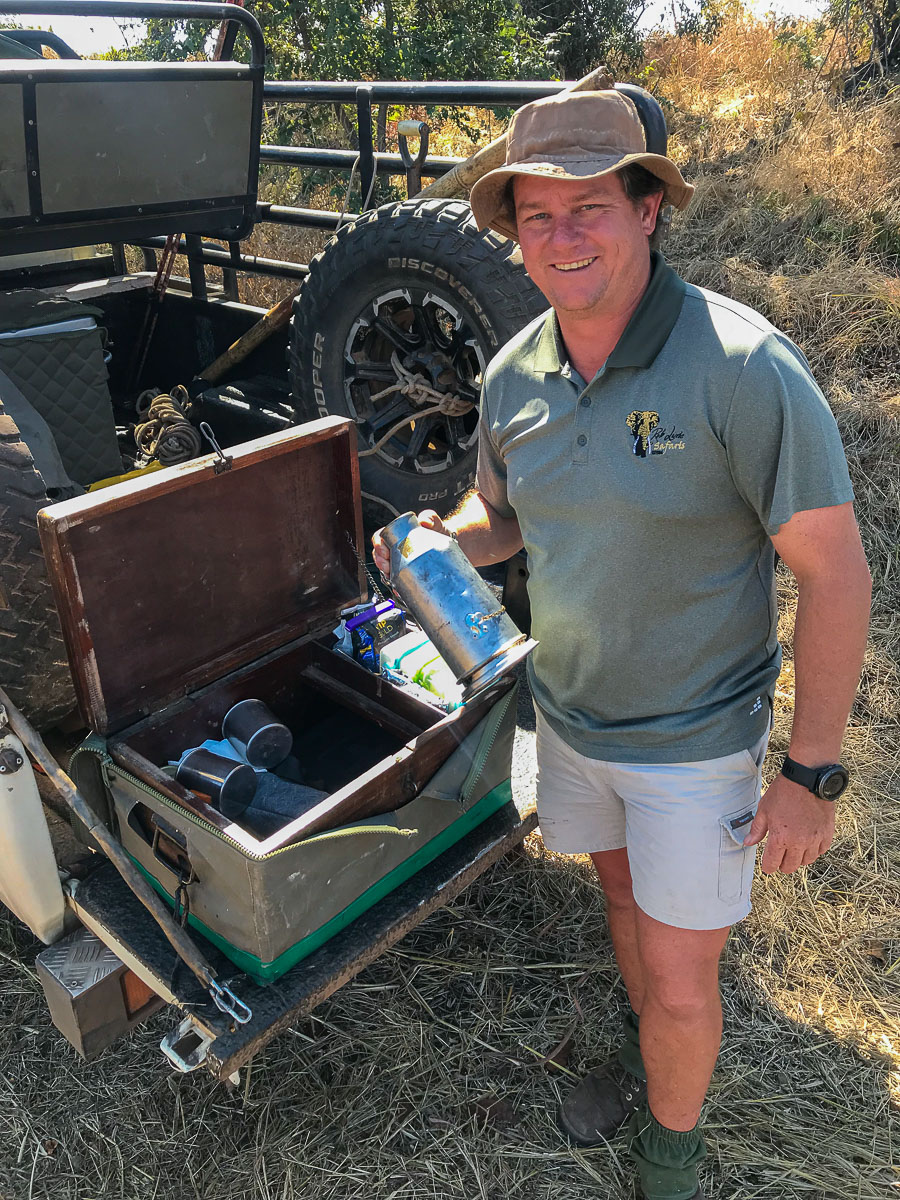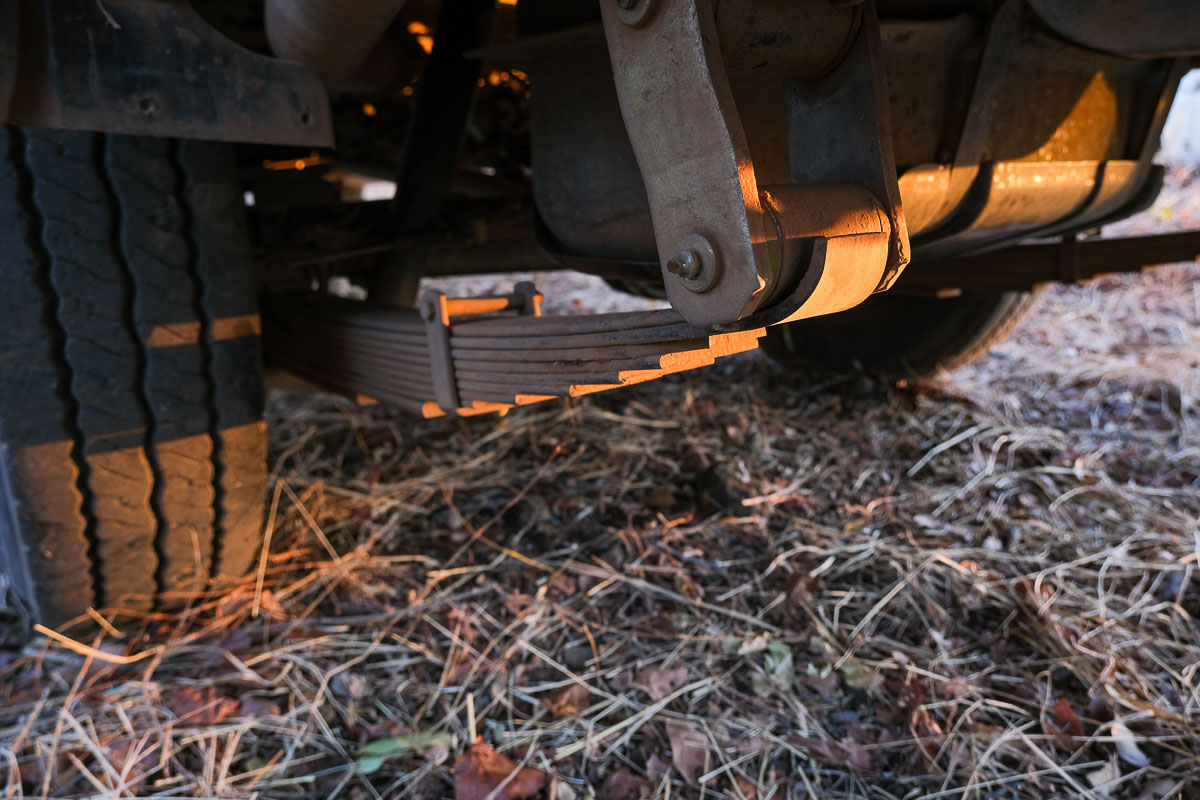NitroX
|
| (.700 member) |
| 23/10/23 04:35 PM |

|
|
|
The Best Off-Road Truck Isn’t Found in the U.S.
Safari trucks based on the Toyota Land Cruiser 79 are the most capable off-road rigs on the planet
BY JOHN B. SNOW | PUBLISHED AUG 24, 2021 12:30 PM EDT

The Toyota Land Cruiser is the iconic safari truck in Africa and is among the most capable off-road trucks on earth. Justin Moore
SHARE
We may earn revenue from the products available on this page and participate in affiliate programs. Learn More ›
When it comes to arguing about the best off-road truck there are a lot of contenders. In my mind, however, there’s no real competition for the title. The customized safari rigs—based on the Toyota Land Cruiser 79—that professional guides in Africa use for their clients have a set of features and capabilities that no other vehicle duplicates.
Qualities of the Best Off-Road Truck
What earns these rigs the top spot? For starters, they actually spend the majority of their time off-road. These are not pampered garage queens or casual weekend rock-crawlers. On a daily basis, these trucks have to tackle mud, hills, rocks, sand, water and brush that is thicker, thornier, and nastier than anything we see in North America. And what other vehicle needs to be able to hightail it across the veld with an angry elephant in pursuit?

The replacement front bumper is made of steel to protect the chassis from stumps, rocks and animals, and incorporates a winch and LED light bar. Justin Moore
Everything on these trucks is hardened for tough use and survivability. But unlike pure off-road vehicles like UTVs and other four-wheelers, they are road capable. The guides who rely on them road trip from one part of Africa to the next for work, so the trucks can handle long hours on pavement.
I’ve spent many hours and days riding in safari trucks over the years. Not only can they crawl across axle-breaking ground, but can do it with a Cape buffalo loaded in the back. And should you want to take a break and enjoy a luxurious meal, they do that too. About the only thing you can knock them for is not being used in the snow and cold. That’s a valid point. But even so, they’re still the best off-road truck.

The steel hunting cage includes brackets for two spare tires, which are required frequently thanks to the thorns and stones that are encountered regularly on safari. Guid Rob Lurie prefers to run standard width 14-ply tires for their durability. John B. Snow
Best Off-Road Truck Features
My friend Rob Lurie, a hunting guide from Zimbabwe, owns the truck pictured above. He’s been in the safari industry for more that 25 years and has worked the kinks out of his builds. He goes through a truck every five years or so and at this point is making only small modifications to his design.
Base truck: Toyota Land Cruiser 79 single-cab pickup. “This is the landmark safari vehicle of Africa,” Lurie says. “It can carry about 1.5 tons of load and has 4-wheel drive with differential locks on the front and the back. It comes with modern features like power steering and air conditioning but is still pretty simple.”
Motor and Transmission: “Mine’s a 4.5-liter V-8 diesel with a single turbo charger and 5-speed manual transmission. It’s the same engine that’s in the 200-series Land Cruiser, which is similar to the Sequoia that you have the in States and that has the twin turbos. The 4.2-liter straight six diesel is more common in Africa, but I like the V-8.”
Fuel: Dual 90-liter tanks for 180 liters of diesel, which translates to 47.5 gallons of fuel. In stock configuration, the truck gets about 19 mpg. With the mods and extra weight, expect that to drop significantly, but even at 16 mpg this safari rig will have a cruising range of more than 700 miles. For perspective, if you started driving the truck from New York City, you could probably get to Indianapolis before stopping for gas.
Base cost: $70,000. “It is built in South Africa but we pay a 65 percent duty tax to the government to import the vehicle, so that’s what really pumps the price up high.”

Rob Lurie keeps his truck well-equipped with essentials, like this tea-box for brewing tea and coffee in the bush. John B. Snow
Add-Ons and Modifications
Front bumper. Gets replaced with a heavy-duty brush bar that incorporates LED lights and a 12,000-pound Warne winch. “Driving through the bush you have to worry about stumps and animals and the winch is useful in a lot of areas for getting us out of the mud and sand and gullies,” Lurie says.
Mesh seed catcher. “That stops the grass seeds from going into the radiators. It’s pretty important early in the year and when it rains a lot and the grass is high,” he says.
Rear bumper. “We replace it with a heavy-duty bumper that we can use our hi-lift jacks on to jack up the vehicle when we either get stuck or have flat tires,” he says. “Also it is a stepping bar for guys to get in and out of the truck.”
Tires. “I hunt with standard 7.50R16 14-ply tires as we’re in a lot of gravel, sharp stones, and rocks,” he says. “I find the wider, nicer-looking off-road tires get damaged a lot more so I hunt with standard-width tires that are narrower but much tougher.”
Air compressor.
Suspension. “With the extra weight we put on the vehicle we have to upgrade the suspension. I put EFS heavy-duty leaf springs on the back and heavy-duty coil springs up front with heavy-duty shocks all around,” he says. “I also have greaseable shackles for the spring hangers on back and every year I change out the shackle and spring bushings. They take a lot of flack from the dust and move around a lot.”
Hunting platform. “There are a whole lot of different designs. Mine has a gun rack that holds three guns and a hunting seat behind the cab that can seat three people and is removable for when we’re loading big animals. It also has brackets on either side to hold two spare wheels and keep them out of the way,” Lurie says. “There’s also a roof rack with a basket above the cab that can hold jackets, cameras, and other bits and pieces.”
Side steps. Two sets of rungs on either side to help hunters climb in and out of the truck.
Rhino lining. Protects the steel work in the back tray of the vehicle from blood, salt, scratches, and rust.
Hunting box. “It has axes, ropes, pulleys, spare tubes for the tires, repair kits, my tool kit, shovels and a pick—just a whole plethora of stuff,” Lurie says.
Fridge/Freezer. “I have an Engel 40-liter (10 gallon) fridge/freezer that runs off the 12-volt and keeps our drinks and anything else cold all day. Especially useful in summer when temperatures hit 110 degrees and you go for a walk and come back to a nice cold drink,” Lurie says.
Safari chairs.
Lunch kit. “I have a tea-box with all my equipment for coffee and tea and a lunch box where I keep the bits and pieces for grilling meat in the field, plates and knives and forks and spices,” he says.
Lights. “I added a light bar up front and replaced the cab light with an LED strip that’s much brighter and have some portable lights in case we need to skin out an animal in the dark or if we get stuck in the field,” he says.

Lurie beefs up the suspension on his Land Cruiser with heavy-duty leaf springs and greaseable shackles. Justin Moore
Ultimate Overlander
There you have it, the makings of the best off-road truck on earth. All-in, this configuration will tack another $10,000 on top of the $70,000 base price. That’s a lot of cheddar, but the most painful part isn’t the price tag but rather that the truck isn’t available in the United States since it lacks air bags and other touches our government insists upon.
Read Next: How to Build the Ultimate Hunting Truck
I’ve hunted Africa many times over the decades and can guarantee that whenever someone goes on their first hunt, two things will happen. One, that person will start planning their second trip before they leave. And, two, they will want a safari truck of their own. Even after all this time I still crave one. Maybe someday we’ll be able to have the best off-road truck that any of us who have ever been to Africa dream about.
John B. Snow
https://www.outdoorlife.com/adventure/best-off-road-truck/